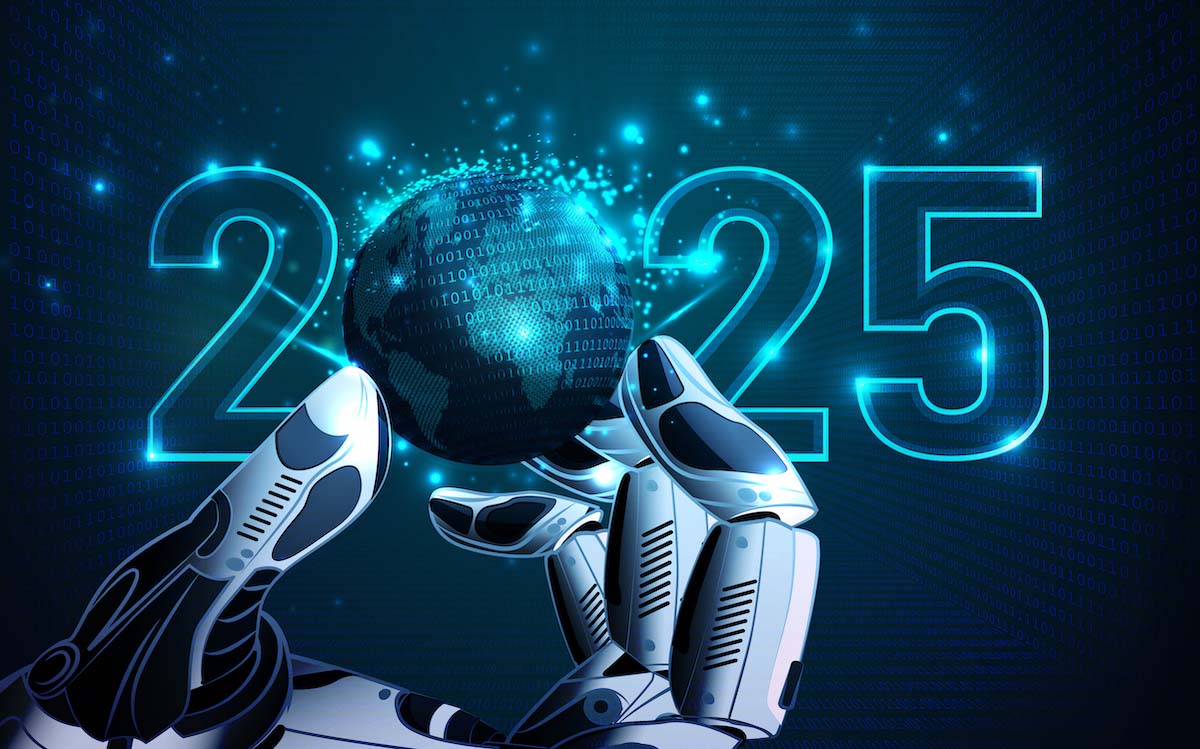May 09, 2025 by Matt Nichol
Manufacturing is at a turning point. From AI-driven production lines to digital twins that map entire supply chains, smart factories are doing more than testing new tech: they're scaling it with purpose.
In 2025, the leading smart factories are building intelligent, agile and sustainable operations that are leaving legacy players behind.
We’re talking about the Lighthouses – 189 leading factories in the World Economic Forum’s Global Lighthouse Network, offering 700+ proven use cases for next-gen manufacturing.
These factories — from Danone and GE Healthcare, to Unilever and Coca-Cola — scale innovation across the enterprise, transforming everything from R&D and procurement to logistics and leadership.
So what are these smart factories doing differently in 2025, and what lessons can you learn?

Smart factories in 2025 know the real drivers of transformation aren’t machines and technology, they’re people. Yes, technology might kick things off, but it’s adoption by the frontline that makes it stick.
That’s why around 75% of Lighthouses cite talent enablement as a pivotal factor in their digital-transformation journeys.
When they don’t have the digital skills in-house, they don’t wait, they build them. Often, they draw on partnership networks, such as universities, that are tailored to employee goals, required skills and local talent needs.
Take CITIC Dicastal in Morocco. The team identified workforce gaps using competency matrix sorting and 360-degree performance reviews, then partnered with three regional universities and an international education institute to train nearly half of the site’s workforce in new digital skills. The result? Employee turnover dropped by 21%, and 65% of FTEs from headquarters were replaced with skilled local talent.
At Agilent Technologies in Malaysia, they rolled out an ‘Everyone-Can-Digital’ initiative as part of their digital-transformation strategy. This initiative focused on upskilling 88% of their staff, providing them with the digital skills necessary for the future of manufacturing. The success of this initiative is evident in the company’s ‘Great Place to Work’ status (which they’ve earned four years running) and the significant reduction in attrition rates to just 3.5% compared with the industry average of 9.4%.
At Unilever in India, the digital transformation of its Dapada factory has led to over 48% of the factory’s 500 workers being upskilled or reskilled through training platforms, the Digital Training Centre and boot camps. They also created a reward and recognition program to increase workforce involvement.
Amid all the AI hype, Lighthouses have done what many haven’t yet been able to: they’ve cracked the code on AI implementation. As many as 77% of the top five use cases of this year’s Lighthouses were enabled by analytical AI and 9% leveraged generative AI.
According to the World Economic Forum, the latest cohort of Lighthouses has seen an average 53% boost in labour productivity and a 26% drop in conversion costs, thanks to AI, machine learning, advanced analytics and other digital tools.
So why are they seeing results with AI while other factories are still testing the waters?
Their success lies in their unwavering commitment to a value-driven approach and, most importantly, their strategic investment in foundational capabilities across people, processes and technology.
AMOREPACIFIC, a global beauty company in Korea, is combining AI with 3D printing to reduce new product lead times by 50% and reduce defects by 54%. The same technology also underpins their new “manufactured-in-store” model, enabling on-demand production of over 800,000 customised cosmetic products right at the retail counter … with a single click.
Another example is Foshan Haitian Flavouring & Food Co., the world’s largest soy-sauce maker. When they faced rising complexity in orders and SKUs, they rolled out more than 50 digital use cases – half powered by AI – to optimise operations. The results? A 33% drop in raw material waste, 39% fewer defects and 38.7% shorter lead times, all while growing SKU variety by 54% and managing 64% more small-batch orders.

Smart factories are not just talking about sustainability, they are making it a core part of their operations. Lighthouses are dedicated to reducing energy consumption, carbon emissions, water usage and overall resource waste.
With real-time data, eco-design principles and circular supply chains, they’re showing that true sustainability delivers business value.
A leading electronics manufacturer in China built a digital energy-management system and AI-driven automation to identify, sort and process 16 categories of production waste. Paired with circular eco-design principles, they’ve cut energy use per unit by 24% and decreased production waste by nearly 50%.
Instead of chasing every innovation, Lighthouse factories invest around four times more in people and process enablers than in technology. For every $2 spent on digital tools, $3 goes toward reducing process debt and $5 toward scaling and adoption.
By contrast, most manufacturers spend only one or two times that tech investment on the enablers that drive ROI.
For example, at Siemens, site leaders are taking the responsibility of identifying and integrating advanced technology solutions. This means they can ensure their frontline roles are upskilled to match the implications of future technology on their processes.
What’s more, advanced capabilities are democratised – for example, low/no-code solutions mean that employees without coding knowledge can become “citizen developers” who create, modify and optimise applications.

You don’t need a billion-dollar budget or a global footprint to start making smart moves. The most advanced factories didn’t become Lighthouses overnight, they started with a few clear goals and a relentless focus on scaling what worked. They show us that the real investment isn’t just in technology, but in the systems, people and processes that bring it to life. You might not be a Lighthouse (yet), but every factory has the potential to get smarter, faster and more competitive with the right focus.